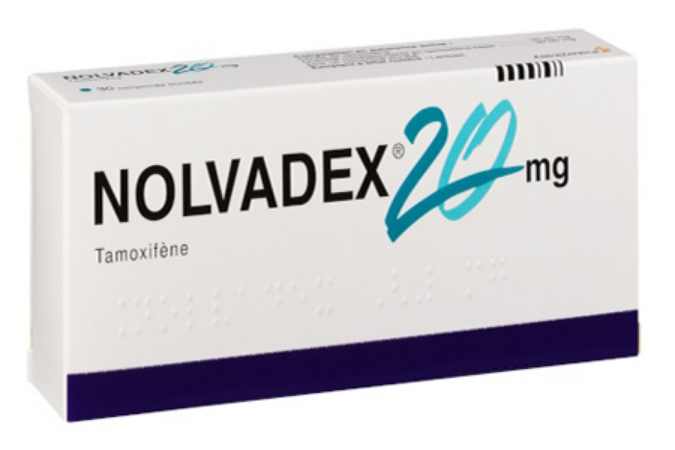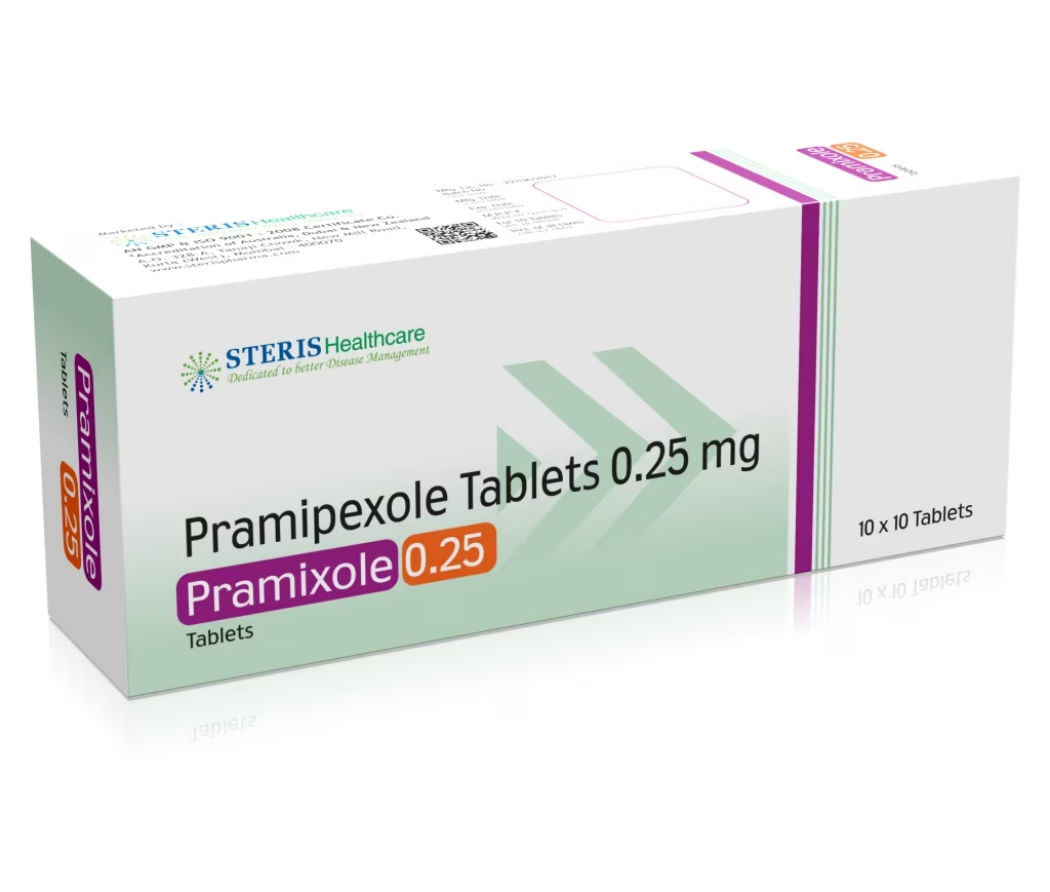$80.10
Pramipexole is a valuable medication in the treatment of Parkinson’s disease and restless legs syndrome, offering relief from motor symptoms and discomfort associated with these conditions. Its mechanism of action as a dopamine agonist helps to compensate for dopamine deficiency in the brain, thereby improving movement control and reducing RLS symptoms. While generally effective, pramipexole does carry potential side effects and considerations that require careful monitoring and management by healthcare providers. With appropriate use and oversight, pramipexole continues to play a significant role in enhancing the quality of life for patients living with Parkinson’s disease and RLS.
Pramipexole is a medication primarily used to treat Parkinson’s disease and restless legs syndrome (RLS). It belongs to the class of dopamine agonists, which means it works by activating dopamine receptors in the brain. This comprehensive overview will explore its uses, mechanism of action, administration, side effects, precautions, and other pertinent aspects.
Uses Pramipexole is prescribed for the following purposes:
- Parkinson’s Disease: It is used to treat the symptoms of Parkinson’s disease, including tremors, stiffness, and slowness of movement (bradykinesia). Pramipexole helps to improve motor function by stimulating dopamine receptors in the brain, compensating for the loss of dopamine-producing neurons.
- Restless Legs Syndrome (RLS): Pramipexole is also approved for the treatment of moderate to severe RLS. RLS is a neurological disorder characterized by uncomfortable sensations in the legs and an uncontrollable urge to move them to relieve symptoms. Pramipexole helps alleviate these symptoms by regulating dopamine levels in the brain.
Mechanism of Action Pramipexole works by stimulating dopamine receptors, specifically the dopamine D2 and D3 receptors, in the brain. Dopamine is a neurotransmitter involved in various functions, including movement control and emotional responses. In Parkinson’s disease, there is a deficiency of dopamine due to the loss of dopaminergic neurons in the brain. By mimicking the action of dopamine, pramipexole helps to restore balance and improve motor symptoms.
Administration and Dosage Pramipexole is typically administered orally in the form of tablets or extended-release tablets. The dosage and frequency depend on the condition being treated and individual patient factors. For Parkinson’s disease, the initial dose may start low and gradually increase to achieve optimal symptom control. For RLS, the dosing regimen is generally lower than that used for Parkinson’s disease.
Side Effects Common side effects of pramipexole may include:
- Nausea
- Dizziness
- Drowsiness
- Insomnia
- Constipation
- Hallucinations (especially at higher doses)
- Impulse control disorders (e.g., compulsive gambling or eating)
More serious side effects can occur, such as orthostatic hypotension (low blood pressure upon standing), which may cause dizziness or fainting. Patients should be monitored for these and other adverse effects, and adjustments in dosage may be necessary.
Precautions and Considerations
- Dopamine Agonist Withdrawal Syndrome: Abrupt discontinuation of pramipexole or other dopamine agonists can lead to a withdrawal syndrome characterized by worsening of Parkinson’s symptoms or RLS, as well as other symptoms such as fever, confusion, and muscle stiffness. Therefore, pramipexole should be tapered off gradually under medical supervision if discontinuation is necessary.
- Impulse Control Disorders: Pramipexole has been associated with impulse control disorders, including compulsive gambling, shopping, eating, and sexual behaviors. Patients and caregivers should be aware of these potential risks and report any unusual behaviors to healthcare providers.
- Psychiatric Effects: Some patients may experience hallucinations or other psychiatric symptoms, particularly at higher doses. Monitoring for these symptoms is important, especially in elderly patients.
- Interactions: Pramipexole may interact with other medications, including certain antidepressants and antipsychotics, so it is essential to inform healthcare providers about all current medications and supplements being taken.
Reviews
There are no reviews yet.




Be the first to review “Pramipexole”